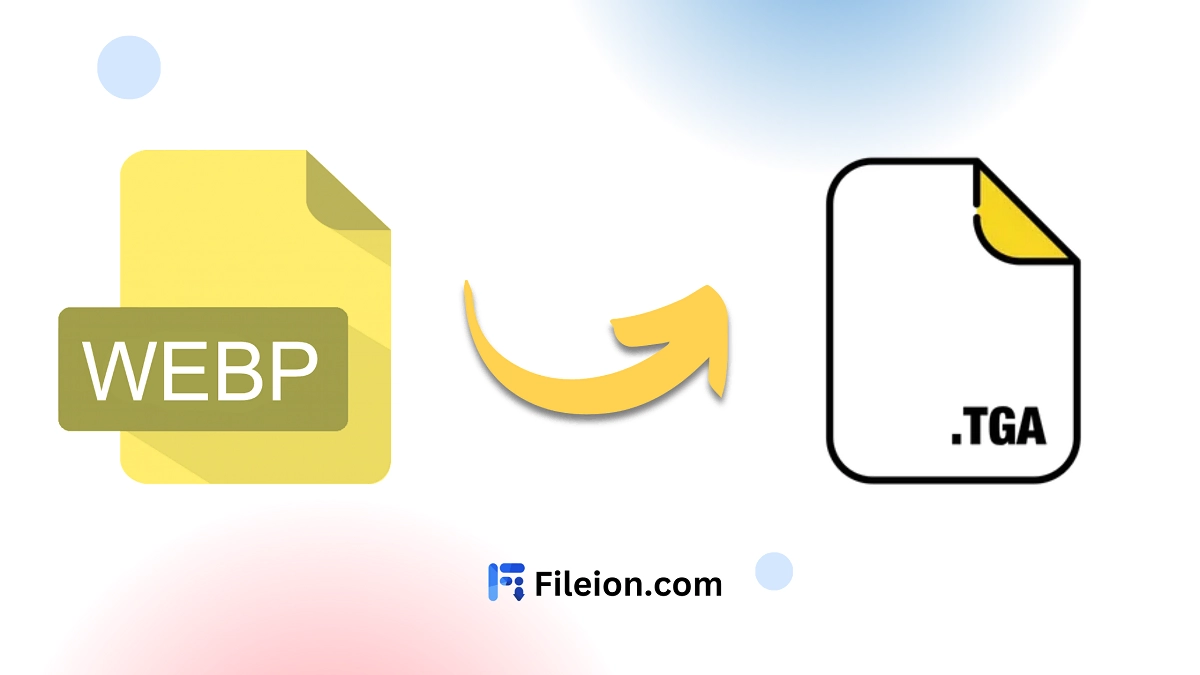The purpose of converting a WebP image to the TGA format is to provide a high-color depth image with support for transparency. The TGA format can handle up to 32-bit color and is commonly used for textures and graphics that require detailed color and alpha channel information.
To find and use an online tool for converting WebP to TGA, you can use platforms like Fielion or Vertopal. These converters allow you to upload WebP files directly from your device, and with a simple click, convert them to TGA format.
Yes, the online converters maintain transparency and image quality during the process. These tools are designed to preserve key attributes of the image, including transparency, color depth, and resolution.
No, you cannot convert animated WebP files to animated TGA files. TGA files, while useful for storing high-quality raster images, do not natively support animation.
Yes, there are some limitations on the size, resolution, or bit depth of the TGA output. The TGA format supports up to 65,535 pixels in both width and height. TGA files, again, handle color depths of 8-bit (grayscale), 16-bit, 24-bit (true color), and 32-bit (true color with alpha).
When comparing WebP and TGA file sizes, WebP generally produces smaller files. WebP uses advanced compression, which significantly reduces the file size. TGA, on the other hand, tends to generate larger files, especially when using its lossless compression mode.
Yes, there are some special considerations when using the converted TGA image files. TGA is a lossless format, which means it preserves image quality but often results in larger file sizes. It is primarily used in industries like gaming and VFX.
